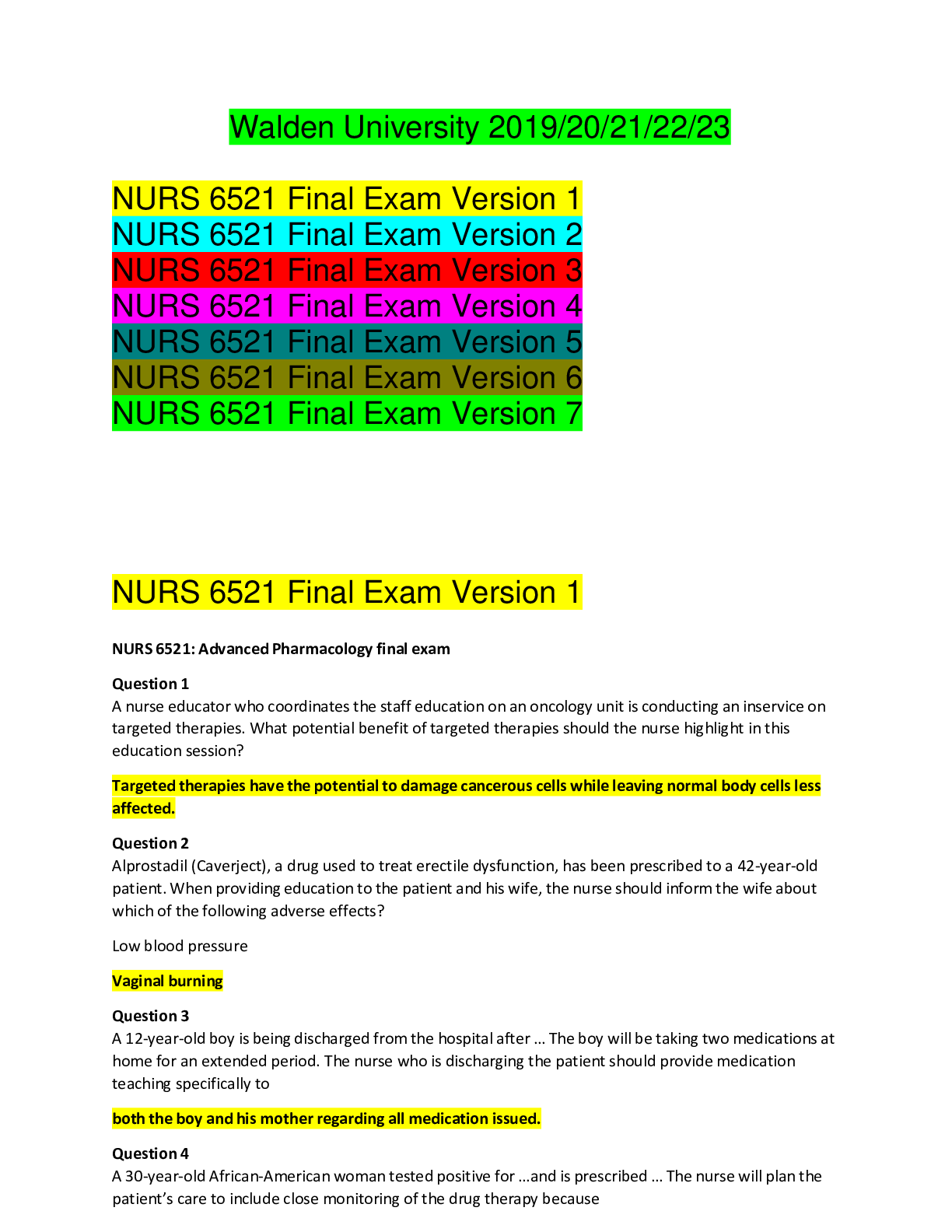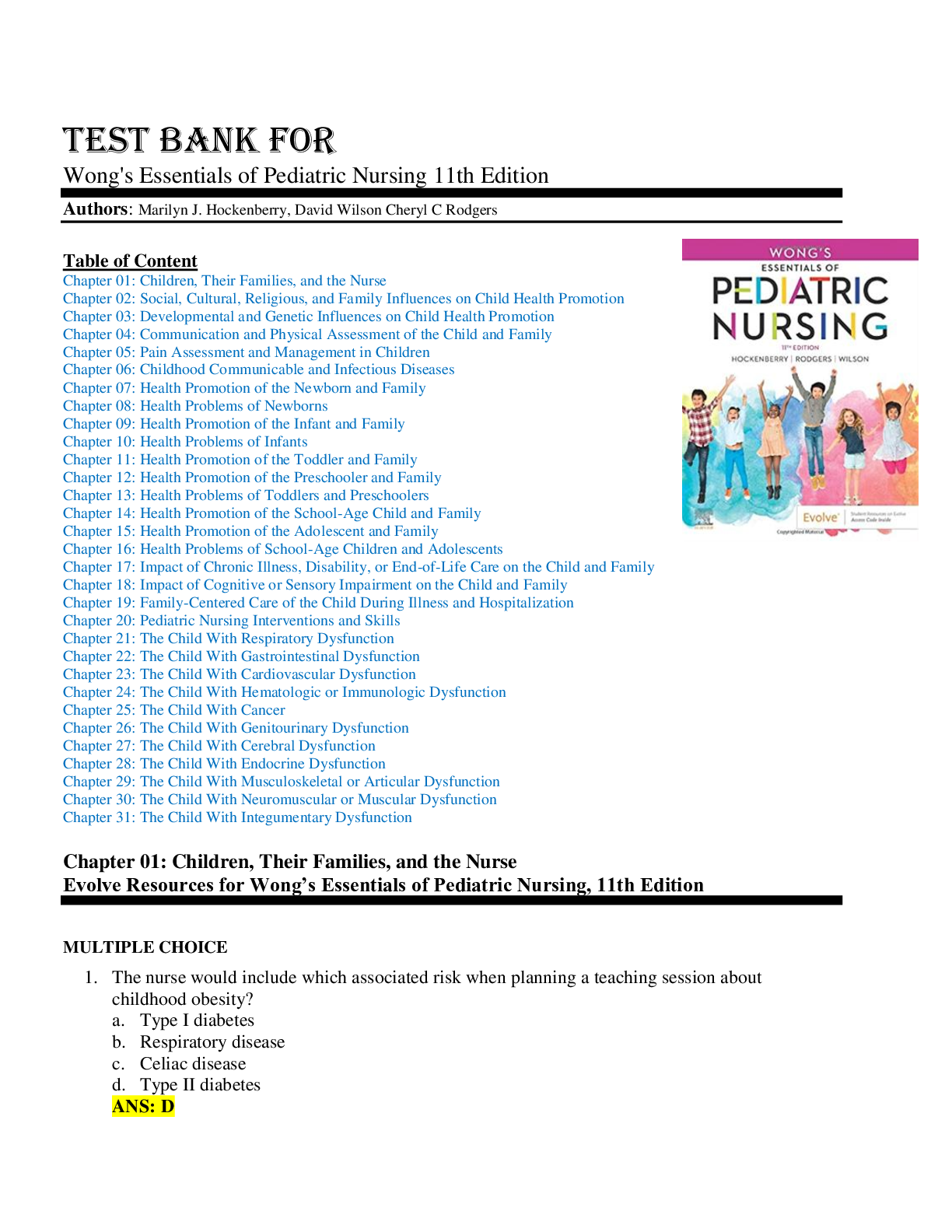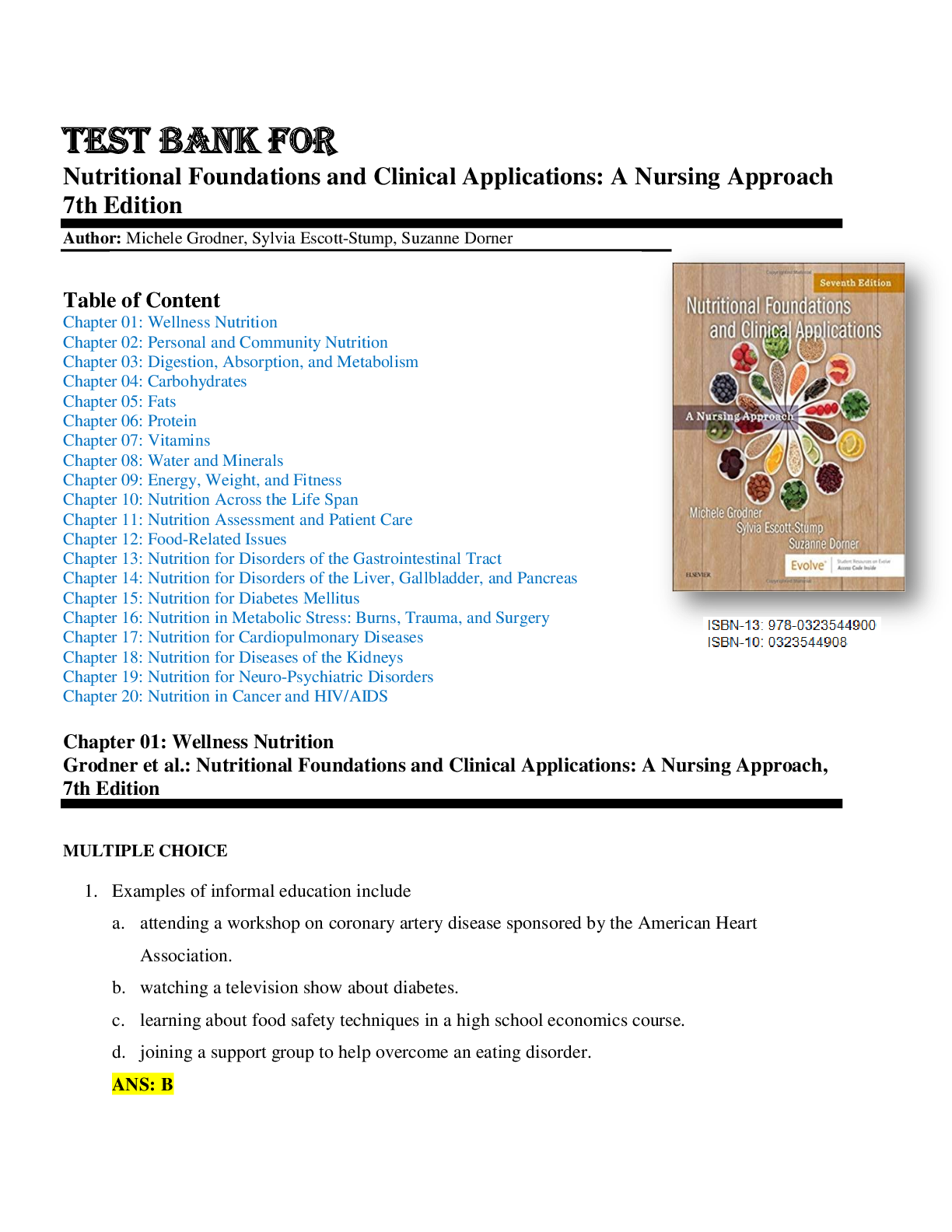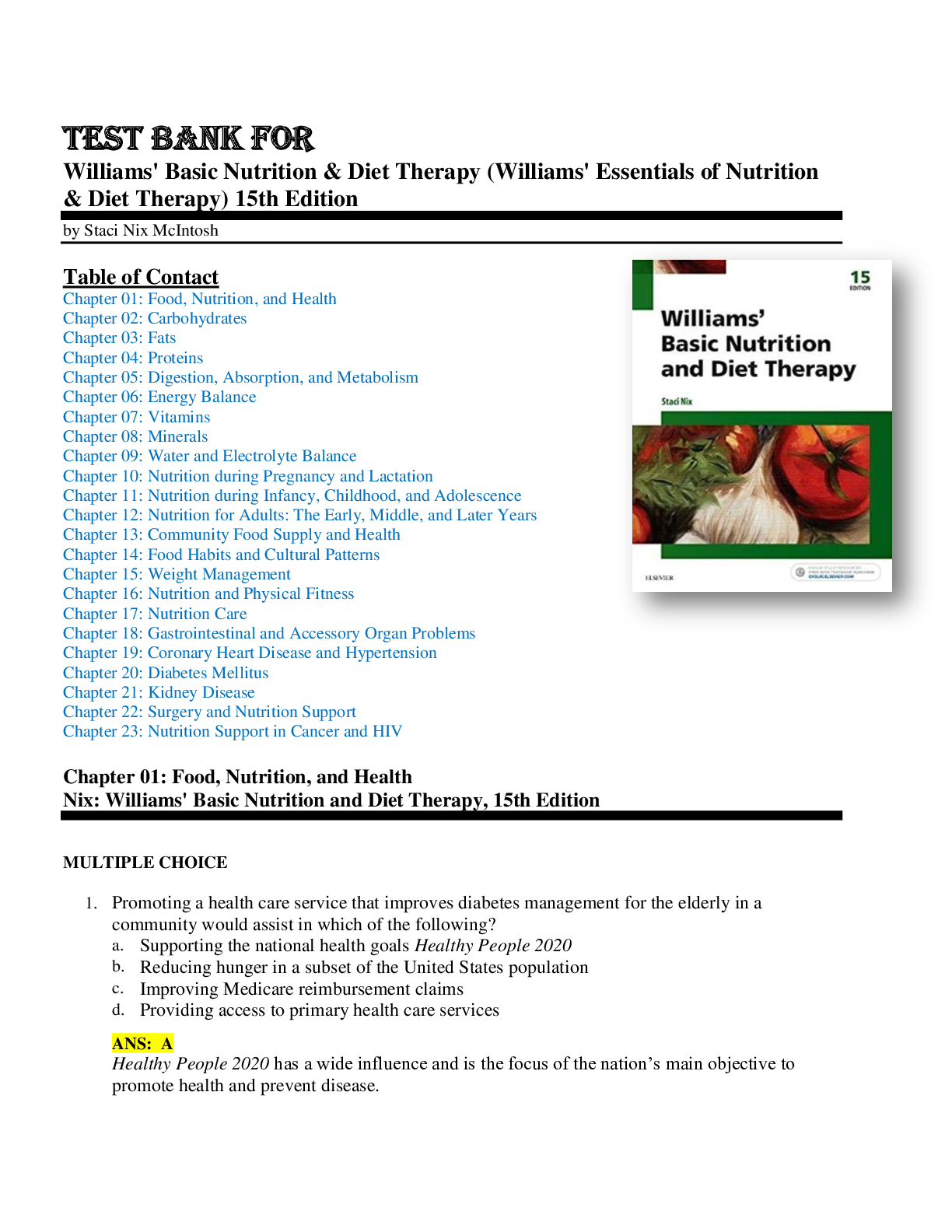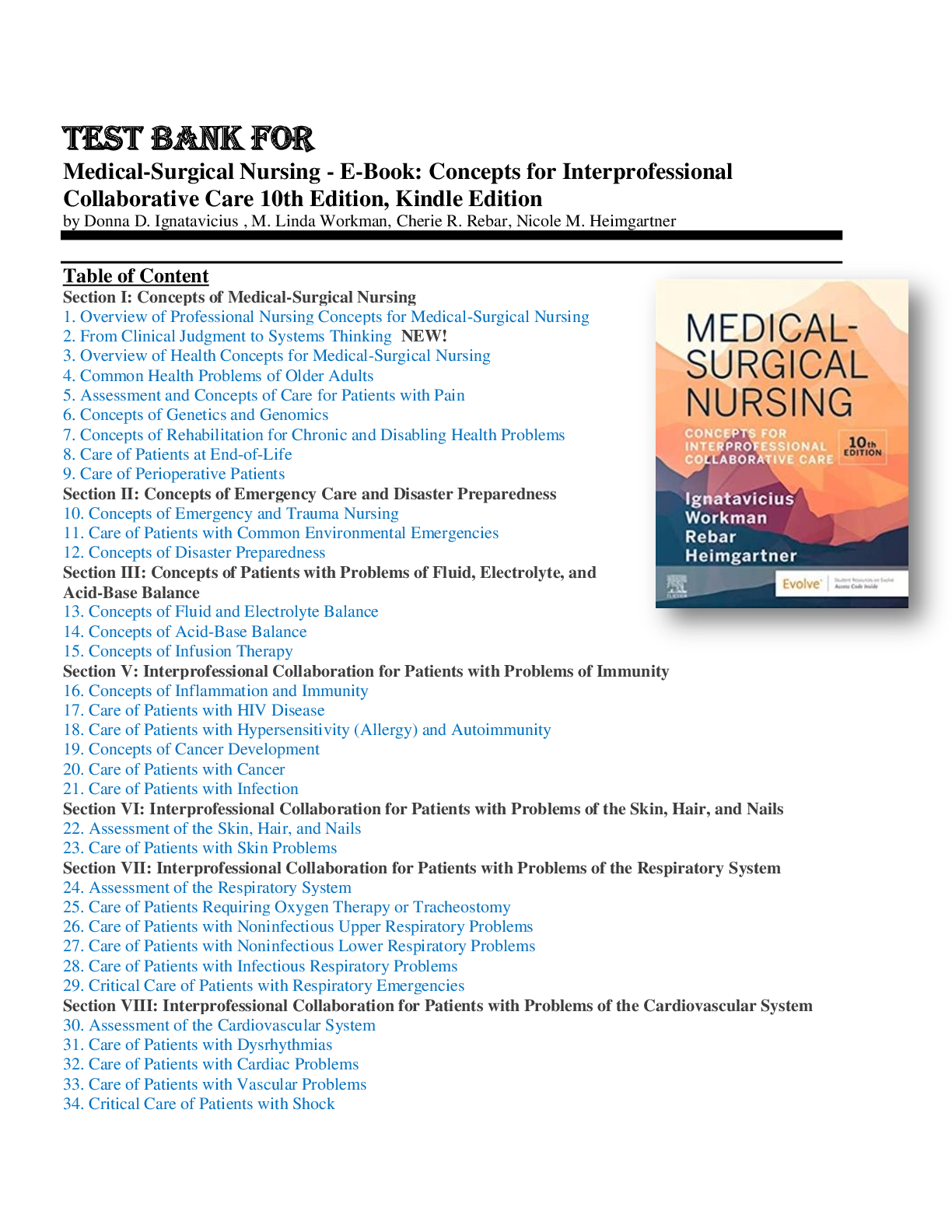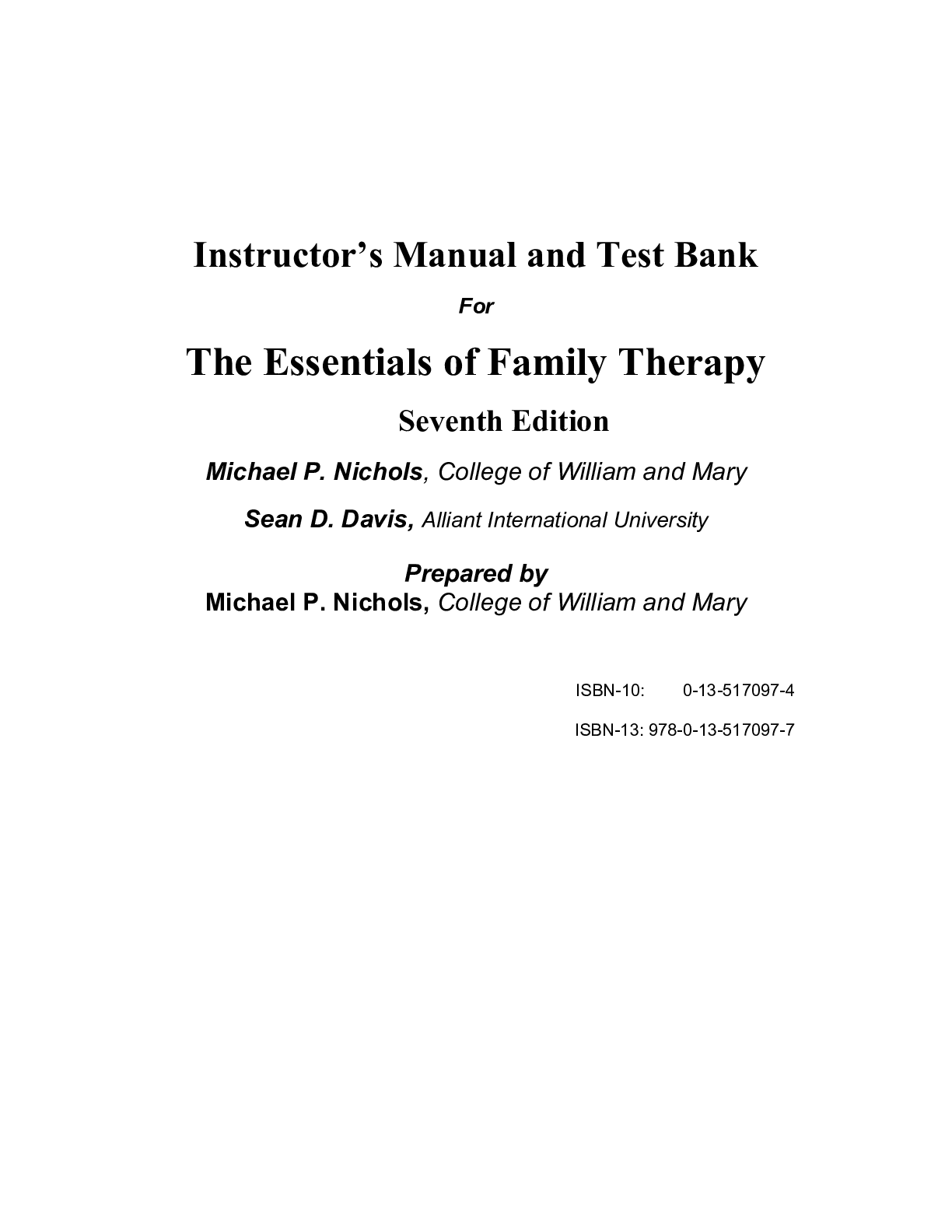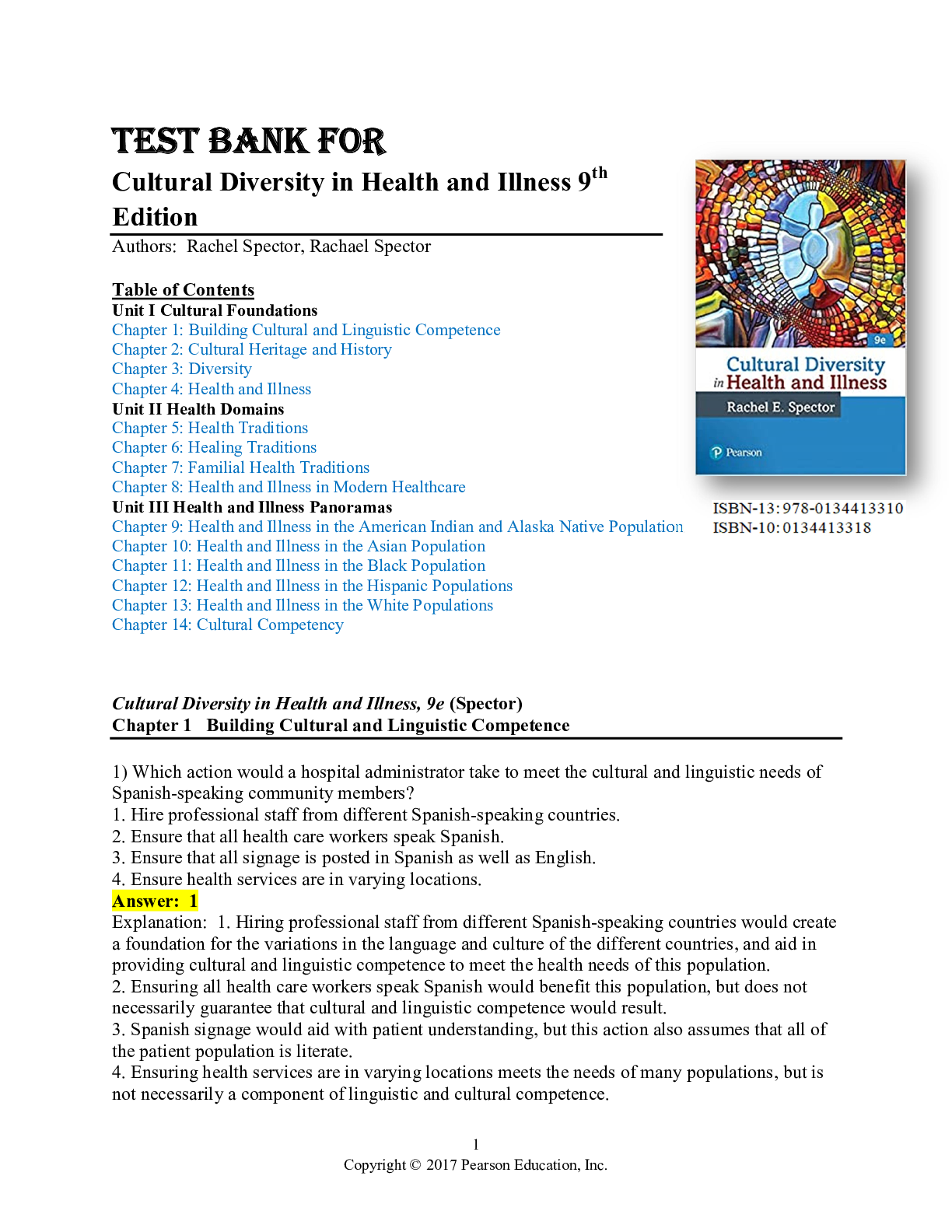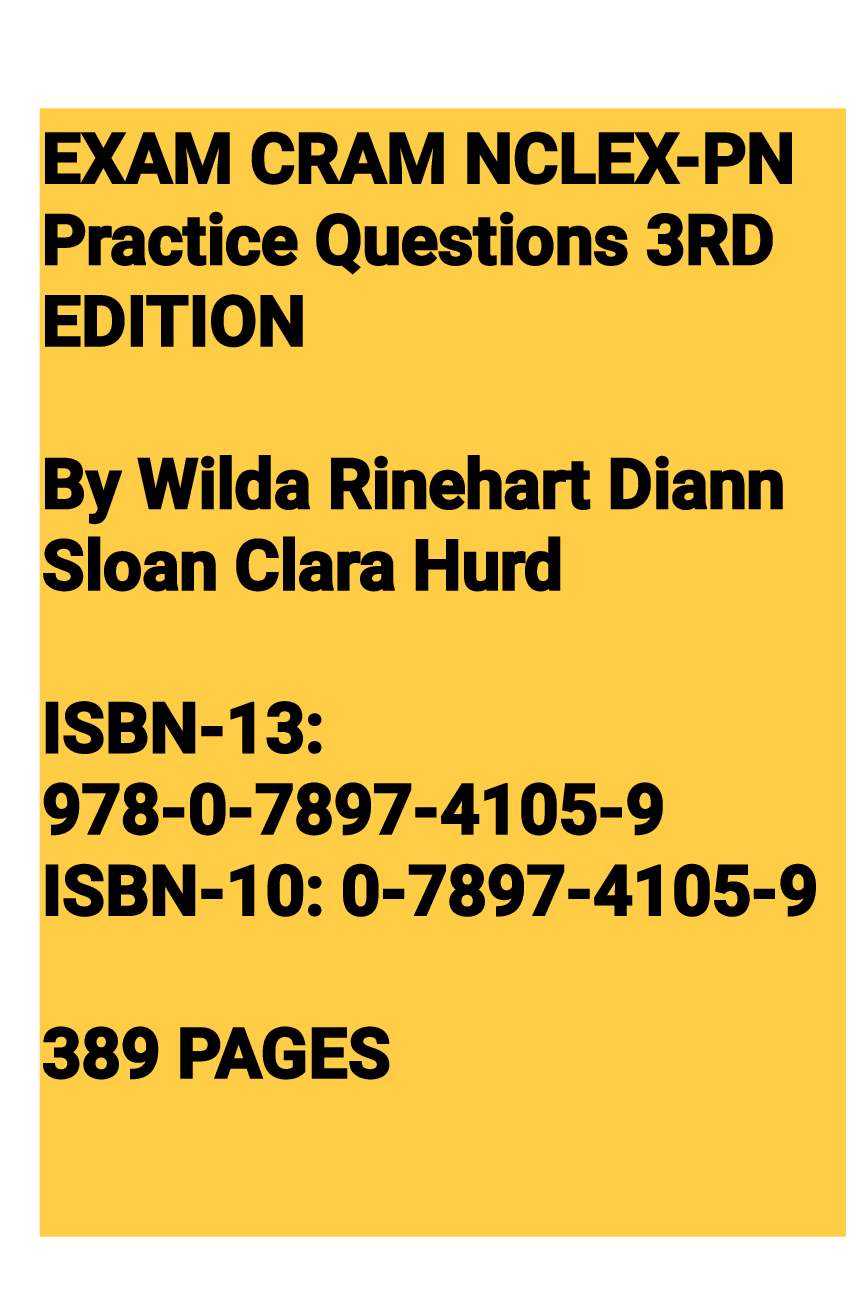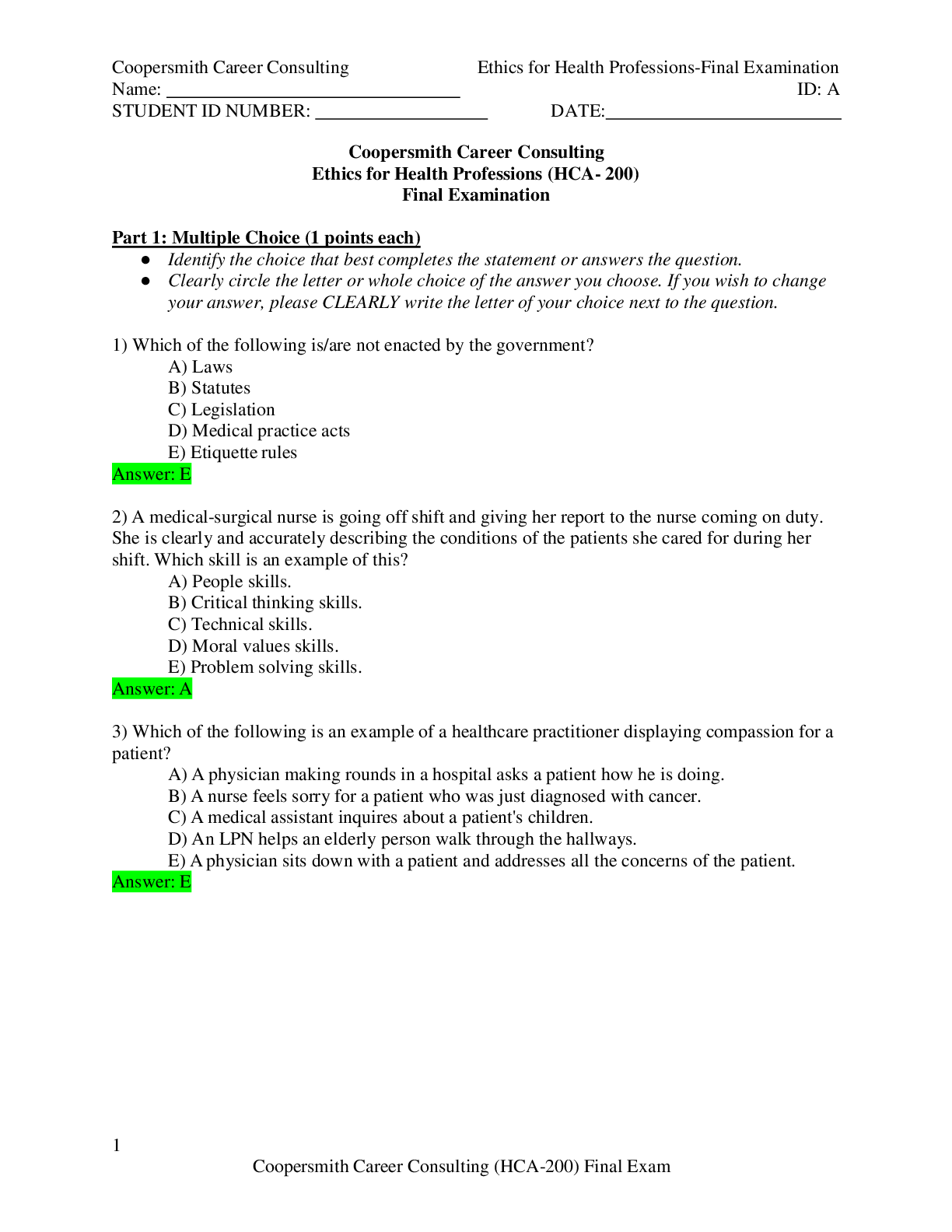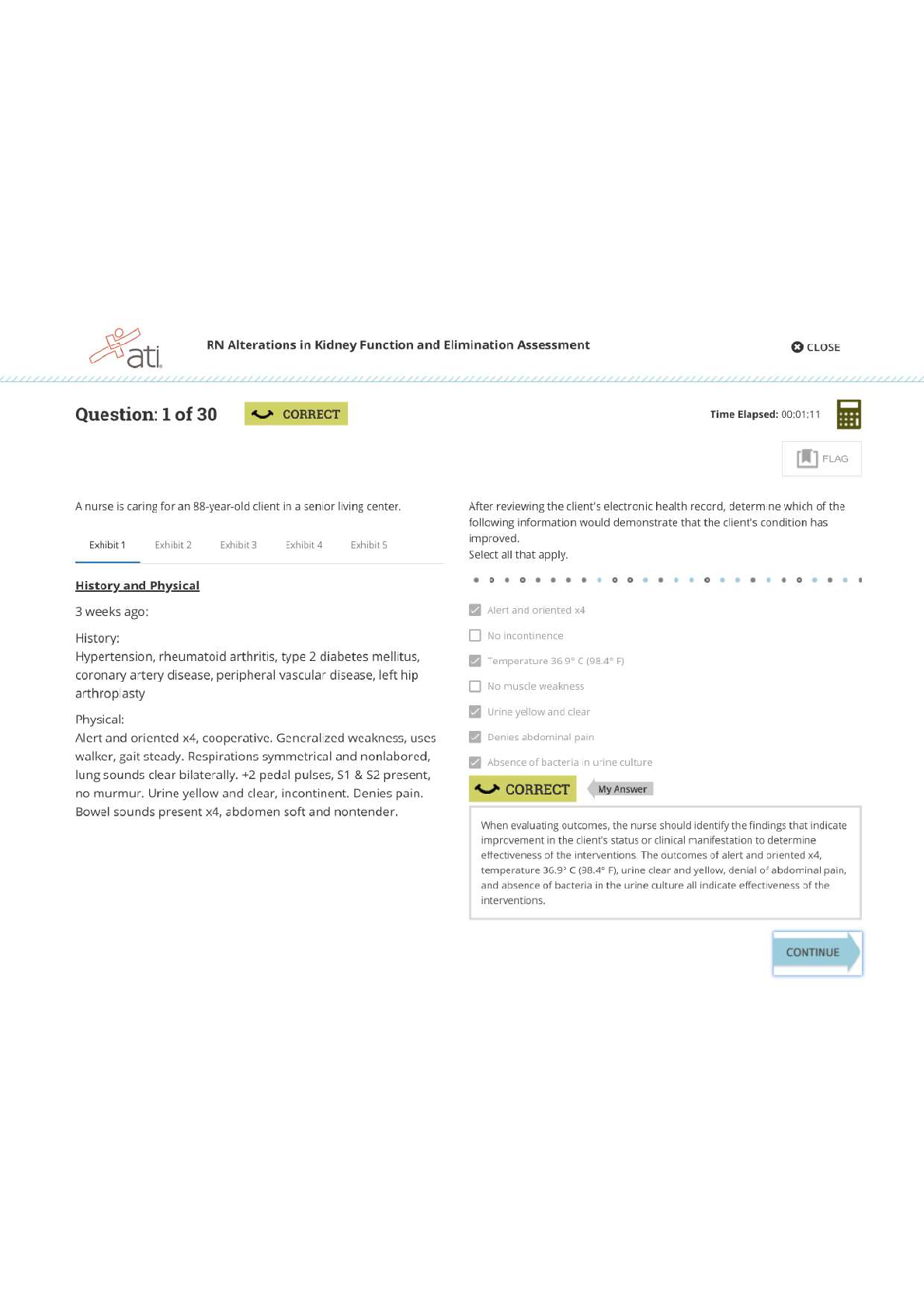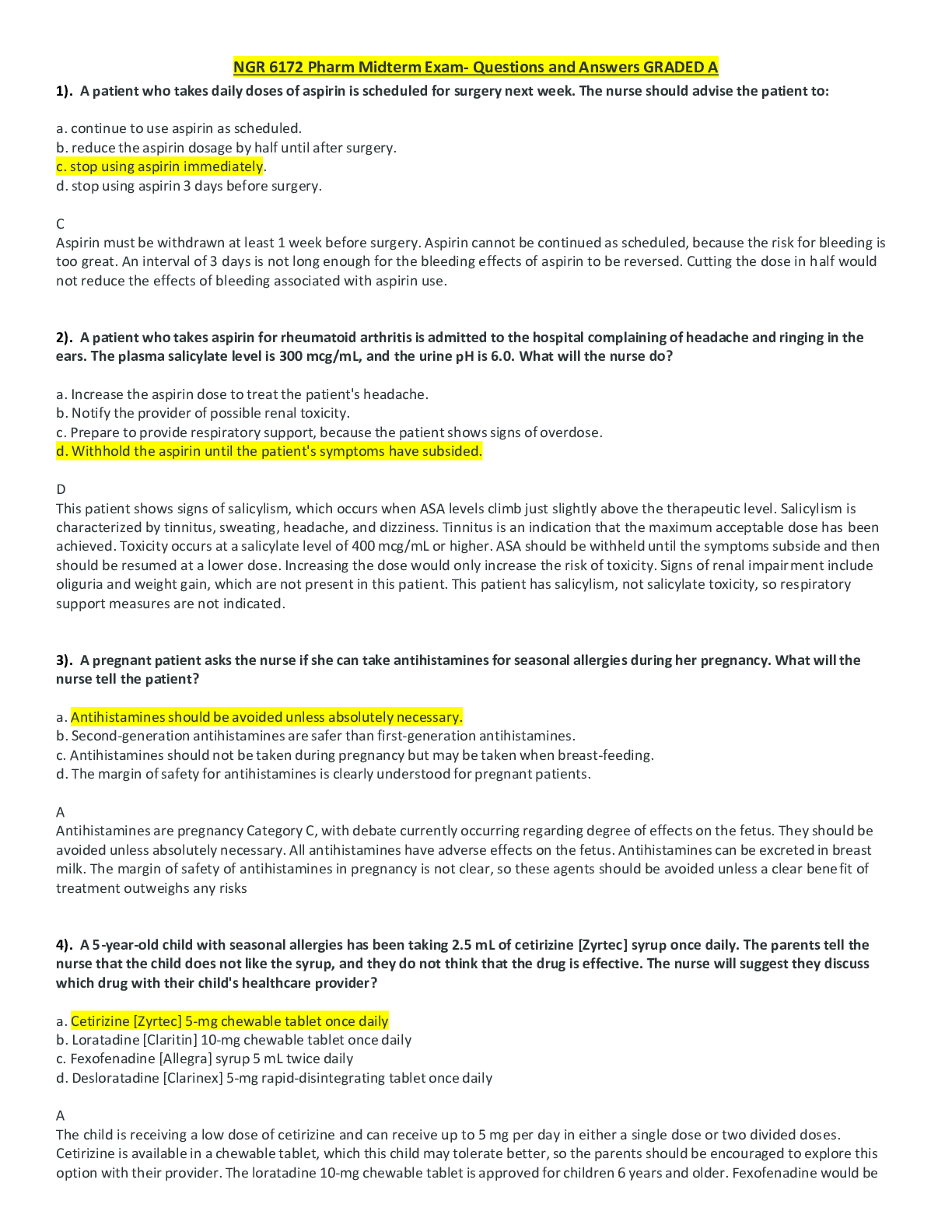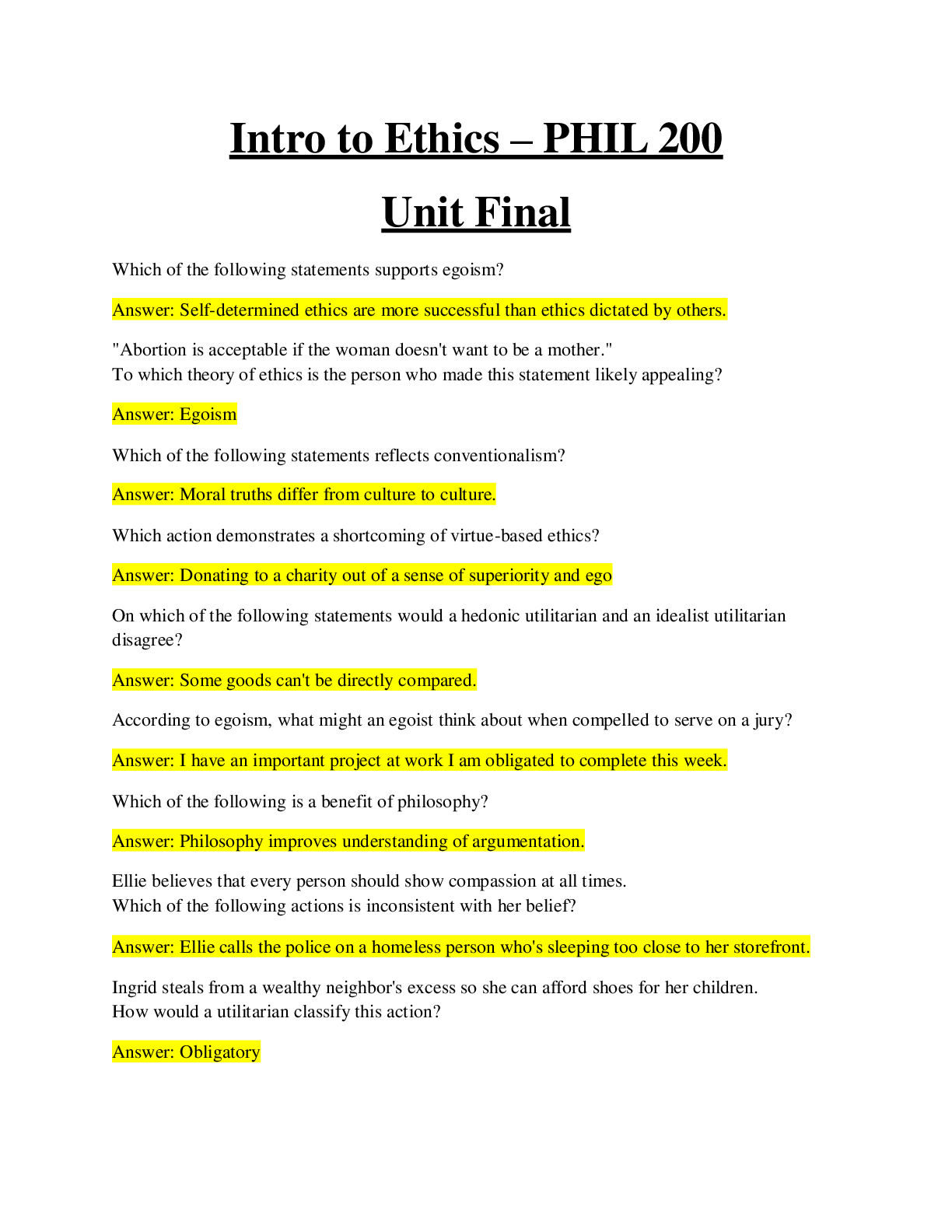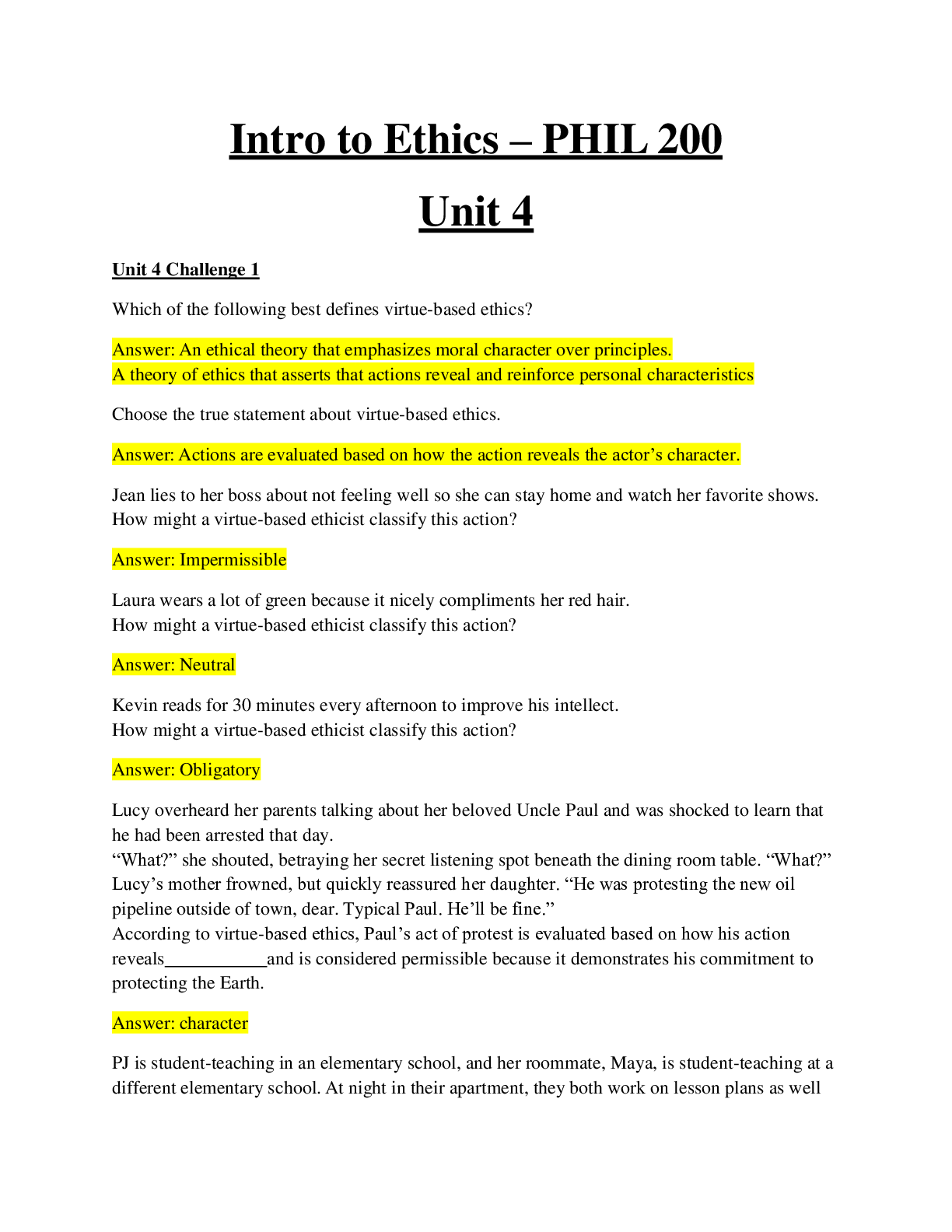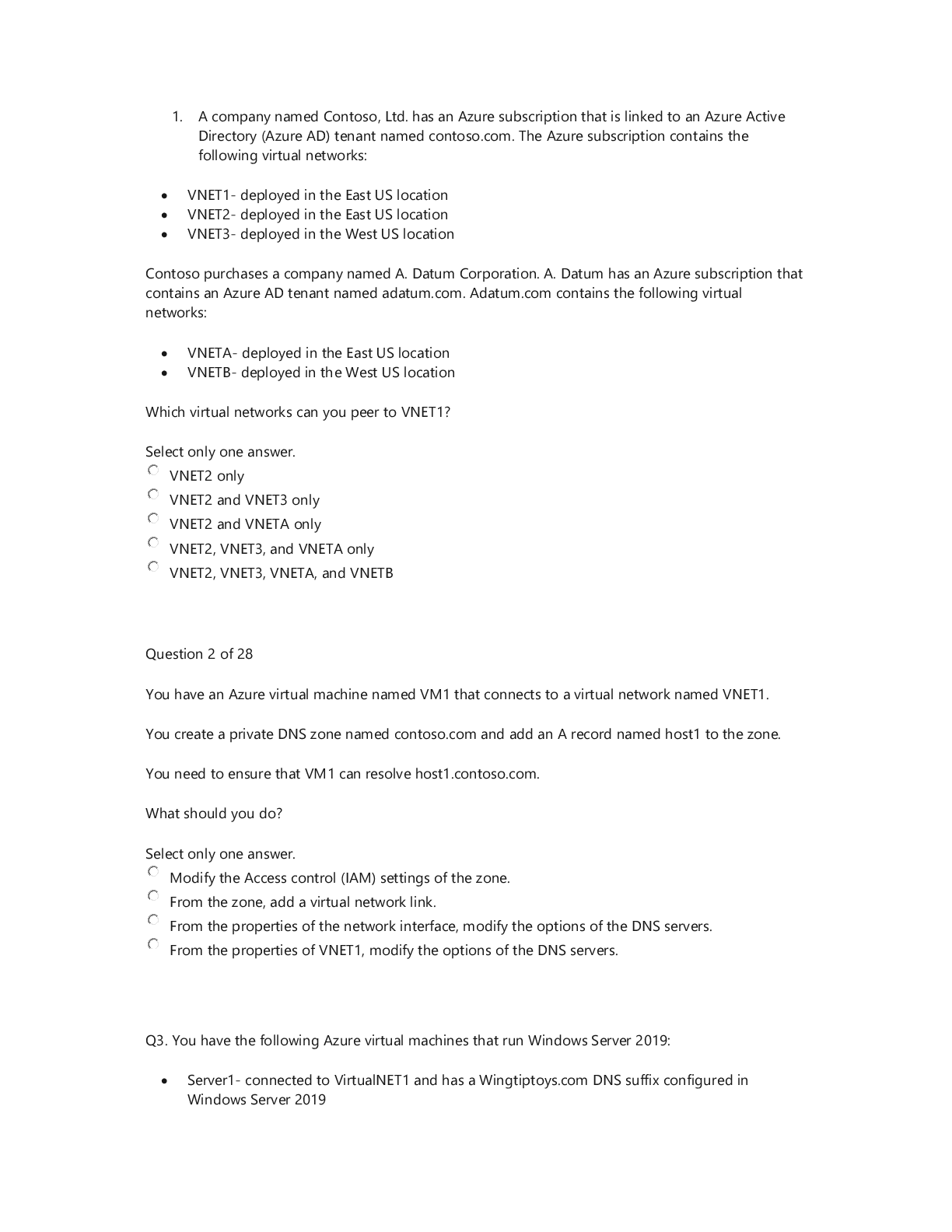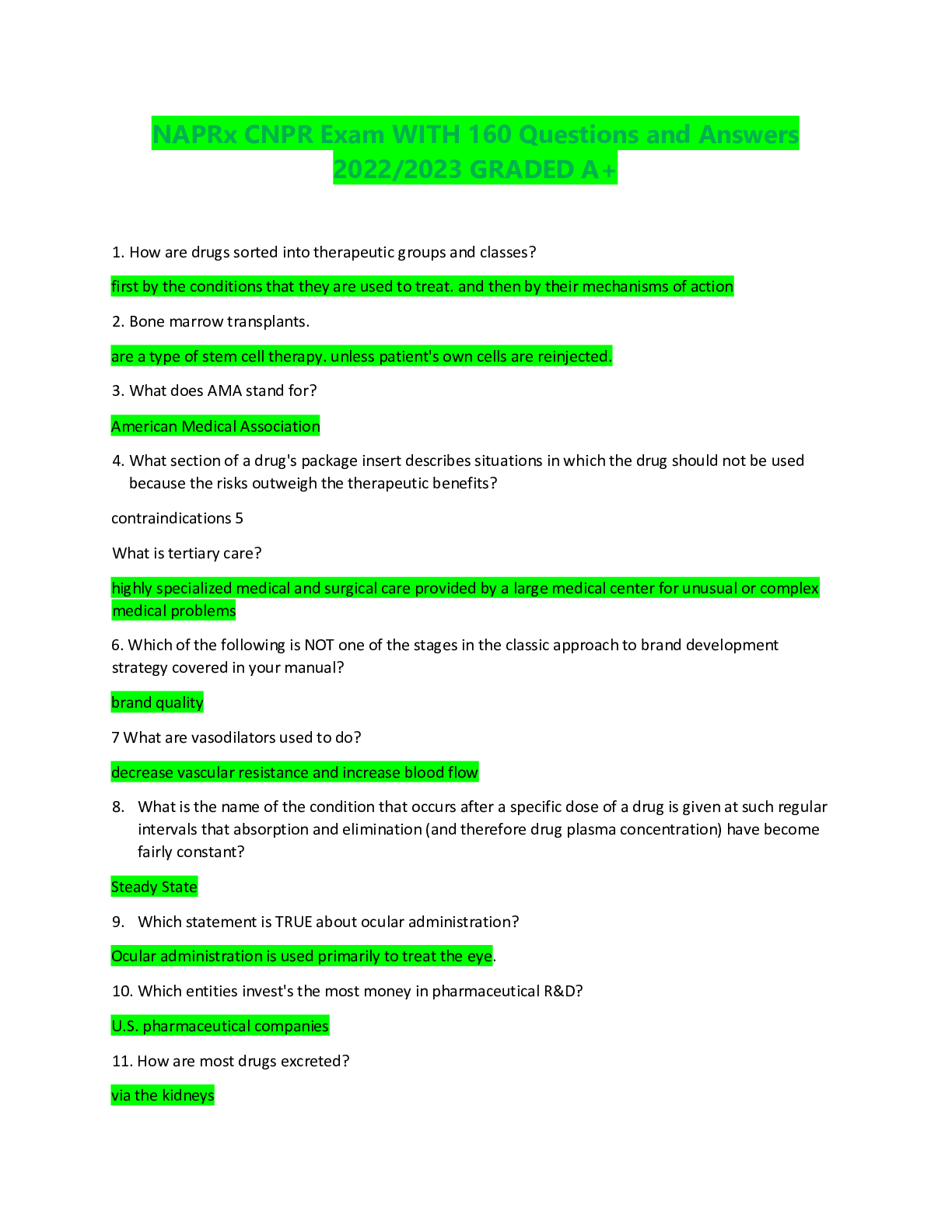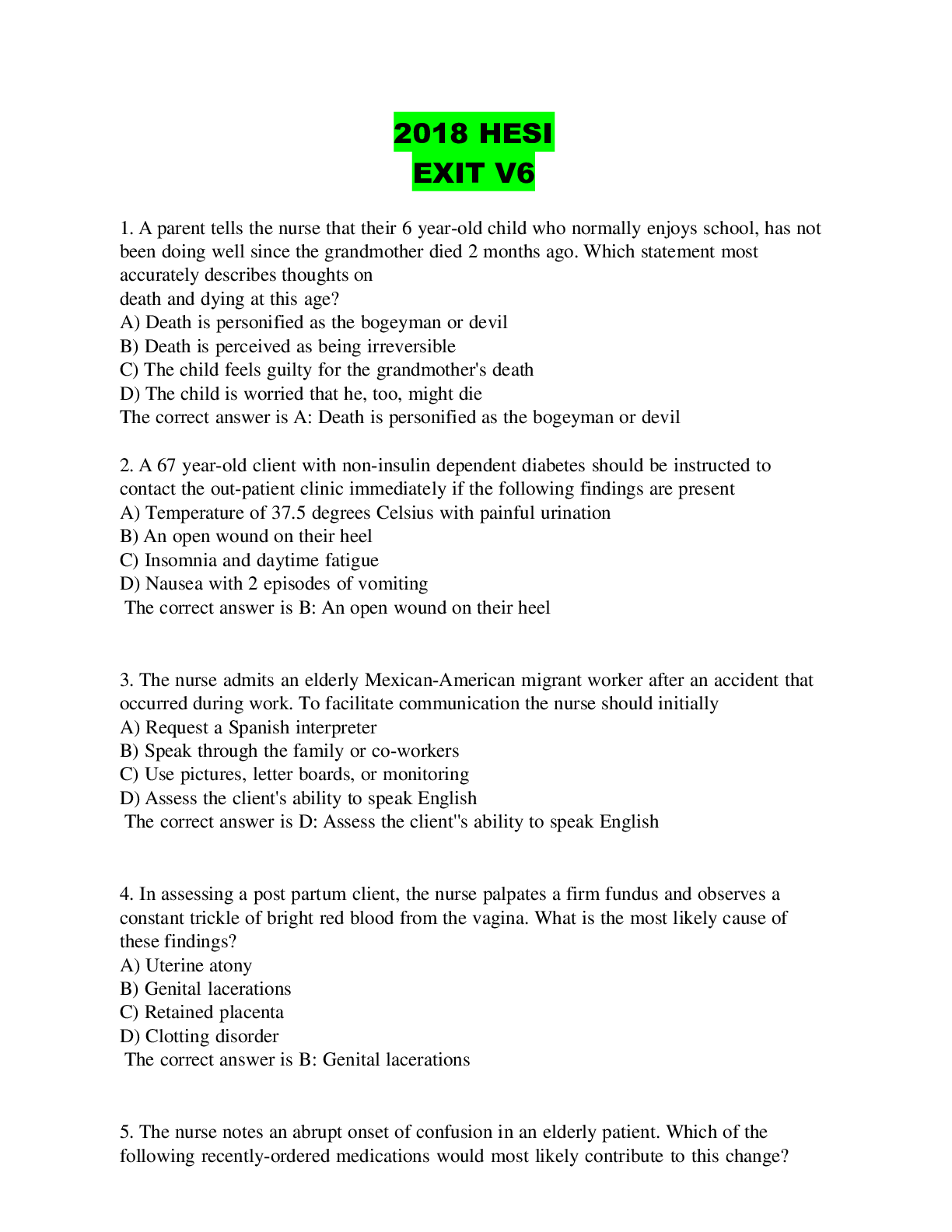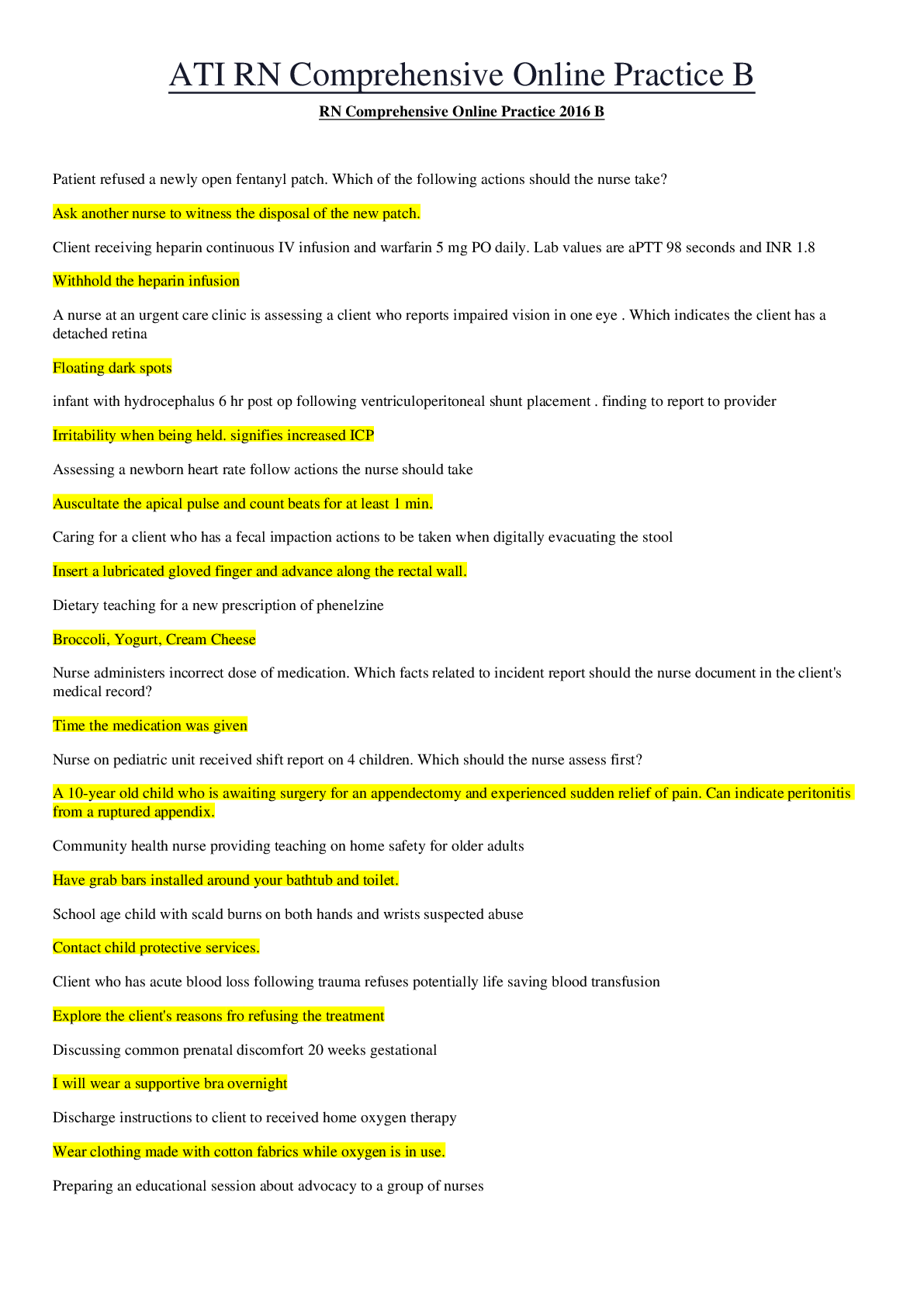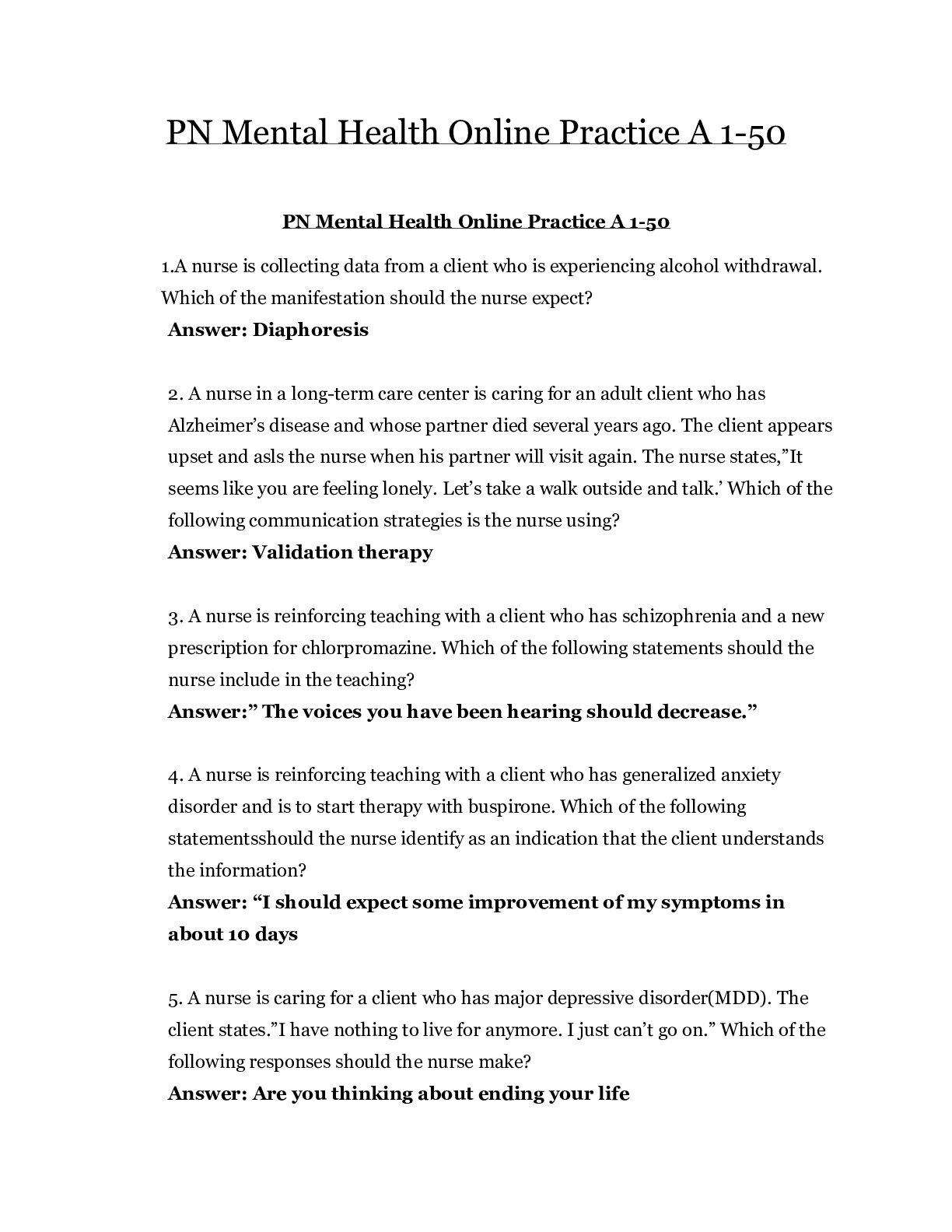Business > EXAM > Shrieves Casting Company is considering adding a new line to its product mix, and the (All)
Shrieves Casting Company is considering adding a new line to its product mix, and the
Document Content and Description Below
Shrieves Casting Company is considering adding a new line to its product mix, and the capital budgeting analysis is being conducted by Sidney Johnson, a recently graduated MBA. The production line wo... uld be set up in unused space in Shrieves’ main plant. The machinery’s invoice price would be approximately $200,000; another $10,000 in shipping charges would be required; and it would cost an additional $30,000 to install the equipment. The machinery has an economic life of 4 years, and Shrieves has obtained a special tax ruling which places the equipment in the MACRS 3-year class. The machinery is expected to have a salvage value of $25,000 after 4 years of use. The new line would generate incremental sales of 1,250 units per year for four years at an incremental cost of $100 per unit in the first year, excluding depreciation. Each unit can be sold for $200 in the first year. The sales price and cost are expected to increase by 3% per year due to inflation. Further, to handle the new line, the firm’s net operating working capital would have to increase by an amount equal to 12% of sales revenues. The firm’s tax rate is 40 percent, and its overall weighted average cost of capital is 10 percent a. Define “incremental cash flow.” a. 1. Should you subtract interest expense or dividends when calculating project cash flow? a. 2. Suppose the firm had spent $100,000 last year to rehabilitate the production line site. Should this cost be included in the analysis? Explain. a. 3. Now assume that the plant space could be leased out to another firm at $25,000 a year. Should this be included in the analysis? If so, how? a. 4. Finally, assume that the new product line is expected to decrease sales of the firm’s other lines by $50,000 per year. Should this be considered in the analysis? If so, how? b. Disregard the assumptions in part a. What is Shrieves’ depreciable basis? c. Calculate the annual sales revenues and costs (other than depreciation). Why is it important to include inflation when estimating cash flows? Calculate the annual sales revenues and costs (other than depreciation). Why is it important to include inflation when estimating cash flows? d. Construct annual incremental operating cash flow statements e. Estimate the required net operating working capital for each year, and the cash flow due to investments in net operating working capital. f. Calculate the after-tax salvage cash flow. g. Calculate the net cash flows for each year? Based on these cash flows, what are the project’s NPV, IRR, MIRR, and payback? Do these indicators suggest that the project should be undertaken? h. What does the term “risk” mean in the context of capital budgeting, to what extent can risk be quantified, and when risk is quantified, is the quantification based primarily on statistical analysis of historical data or on subjective, judgmental estimates? i. 1. What are the three types of risk that are relevant in capital budgeting? 2. How is each of these risk types measured, and how do they relate to one another? i. 3. How is each type of risk used in the capital budgeting process? j. 1. What is sensitivity analysis? j. 2. Perform a sensitivity analysis on the unit sales, salvage value, and cost of capital for the project. Assume that each of these variables can vary from its base case, or expected, value by plus and minus 10, 20, and 30 percent. Include a sensitivity diagram, and discuss the results. j. 3. What is the primary weakness of sensitivity analysis? What is its primary usefulness? k. Assume that Sidney Johnson is confident of her estimates of all the variables that affect the project’s cash flows except unit sales and sales price: if product acceptance is poor, unit sales would be only 900 units a year and the unit price would only be $160; a strong consumer response would produce sales of 1,600 units and a unit price of $240. Sidney believes that there is a 25 percent chance of poor acceptance, a 25 percent chance of excellent acceptance, and a 50 percent chance of average acceptance (the base case). k. 1. What is scenario analysis? k. 2. What is the worst-case NPV? The best-case NPV? k. 3. Use the worst-, most likely, and best-case NPVs and probabilities of occurrence to find the project’s expected NPV, standard deviation, and coefficient of variation. l. Are there problems with scenario analysis? Define simulation analysis, and discuss its principal advantages and disadvantages. m. 1. Assume that Shrieves’ average project has a coefficient of variation in the range of 0.2-0.4. Would the new line be classified as high risk, average risk, or low risk? What type of risk is being measured here? m. 2. Shrieves typically adds or subtracts 3 percentage points to the overall cost of capital to adjust for risk. Should the new furniture line be accepted? m. 3. Are there any subjective risk factors that should be considered before the final decision is made? [Show More]
Last updated: 1 year ago
Preview 1 out of 13 pages
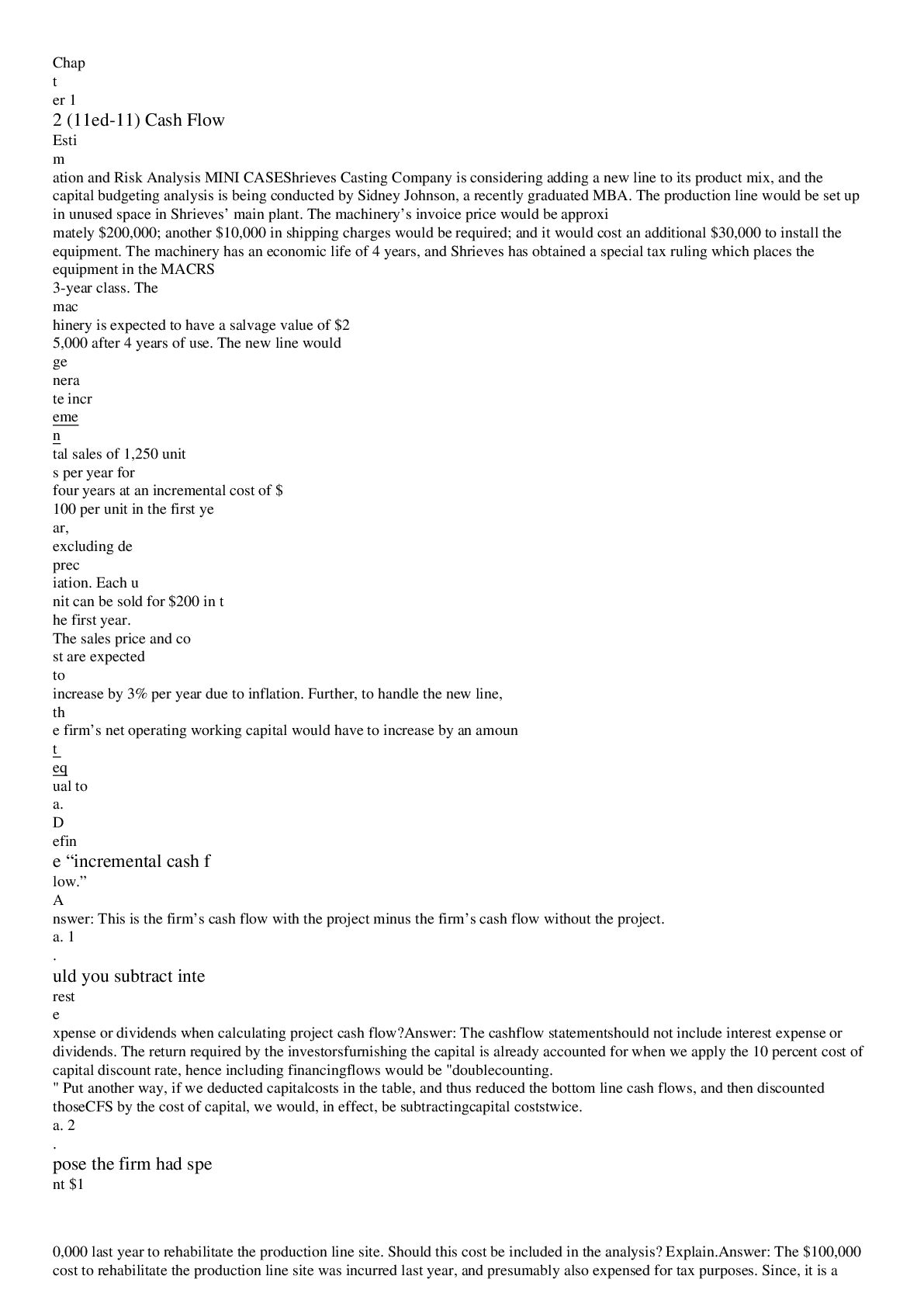
Reviews( 0 )
Document information
Connected school, study & course
About the document
Uploaded On
Feb 17, 2021
Number of pages
13
Written in
Additional information
This document has been written for:
Uploaded
Feb 17, 2021
Downloads
0
Views
31

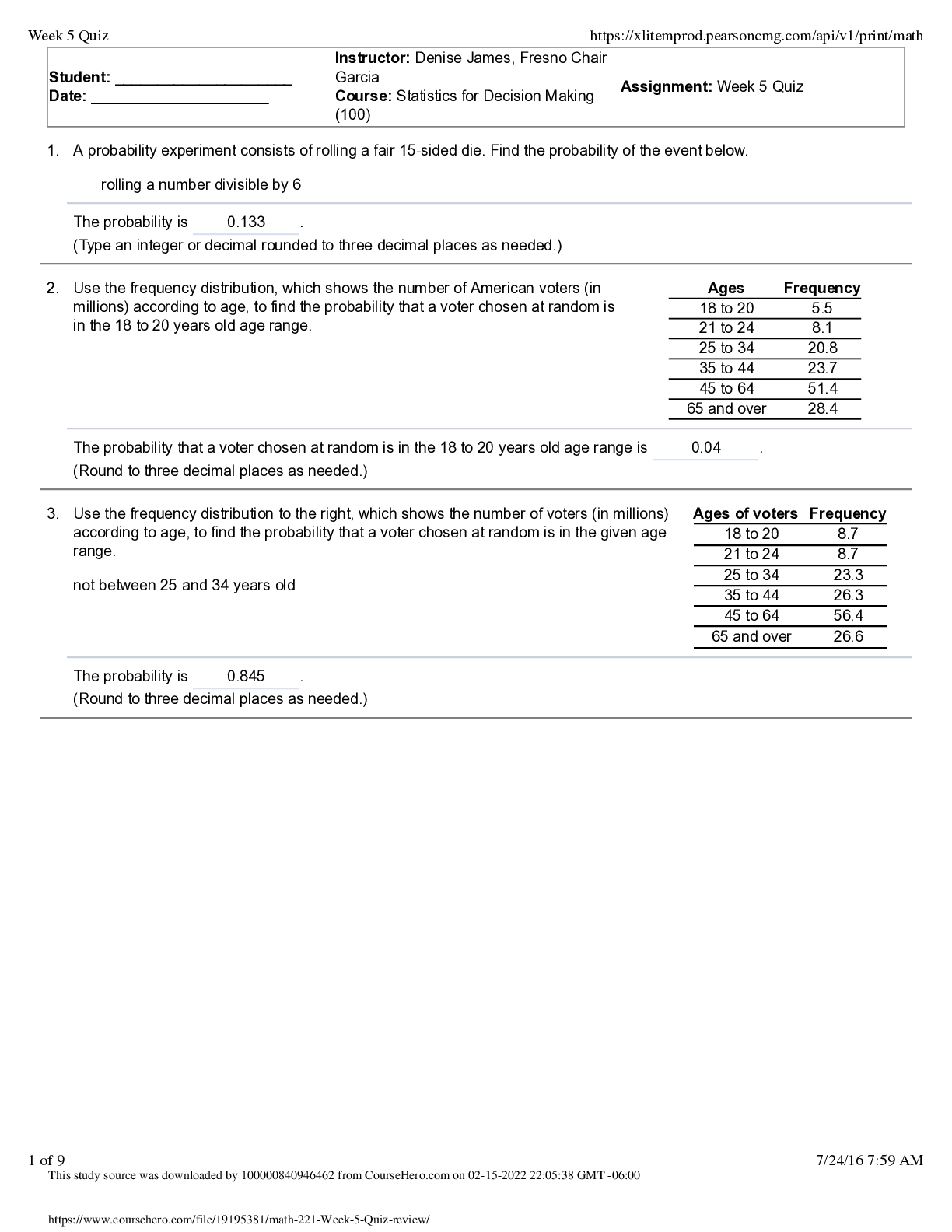
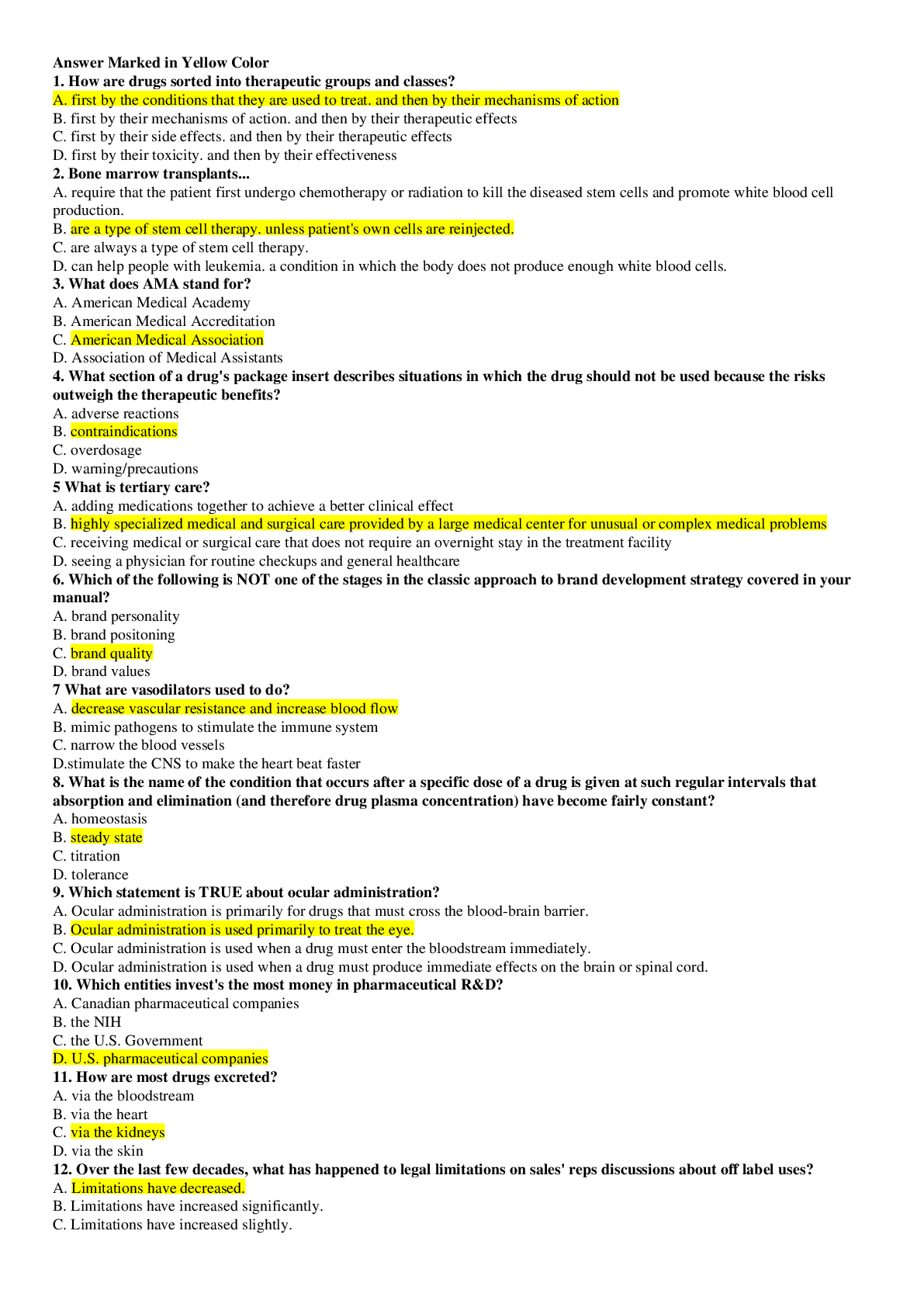
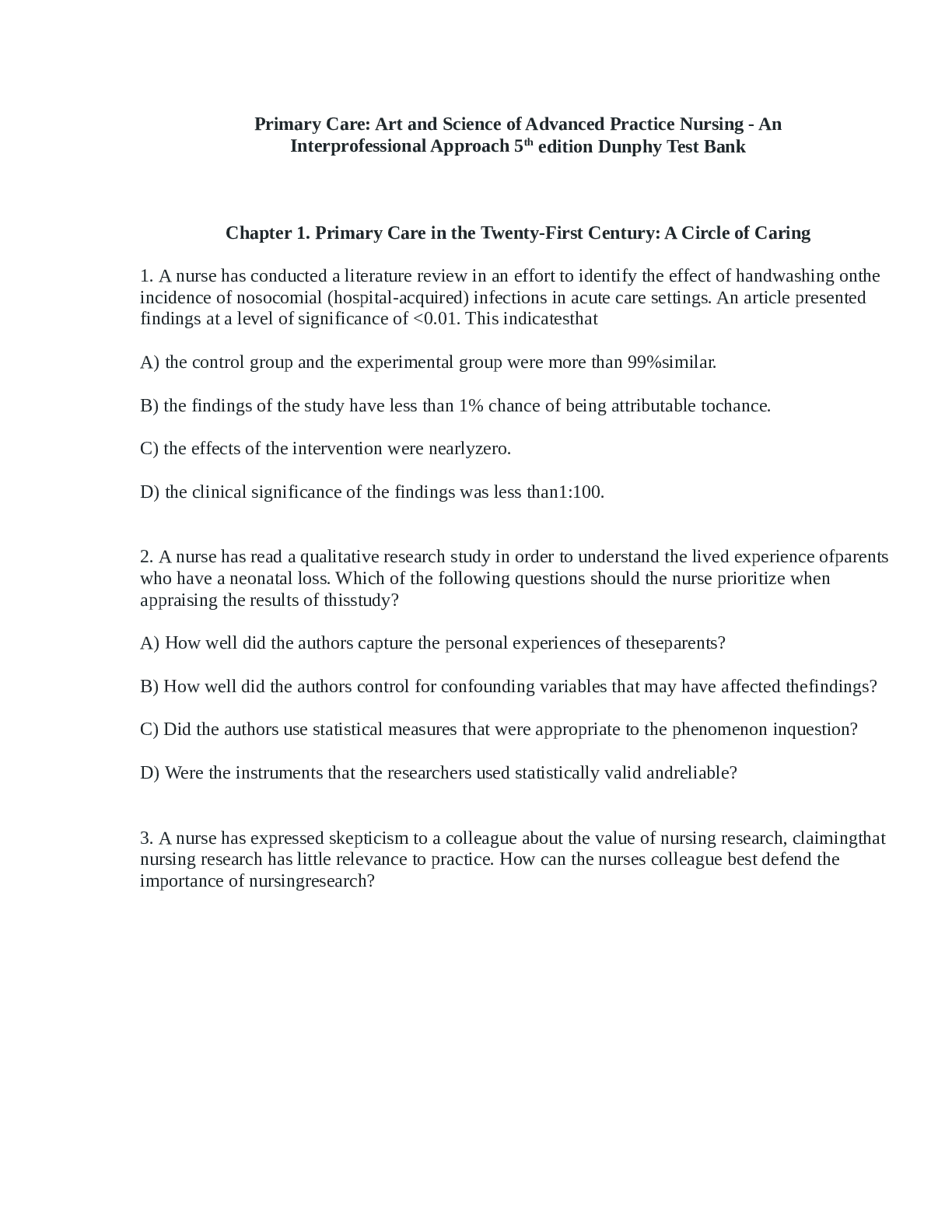
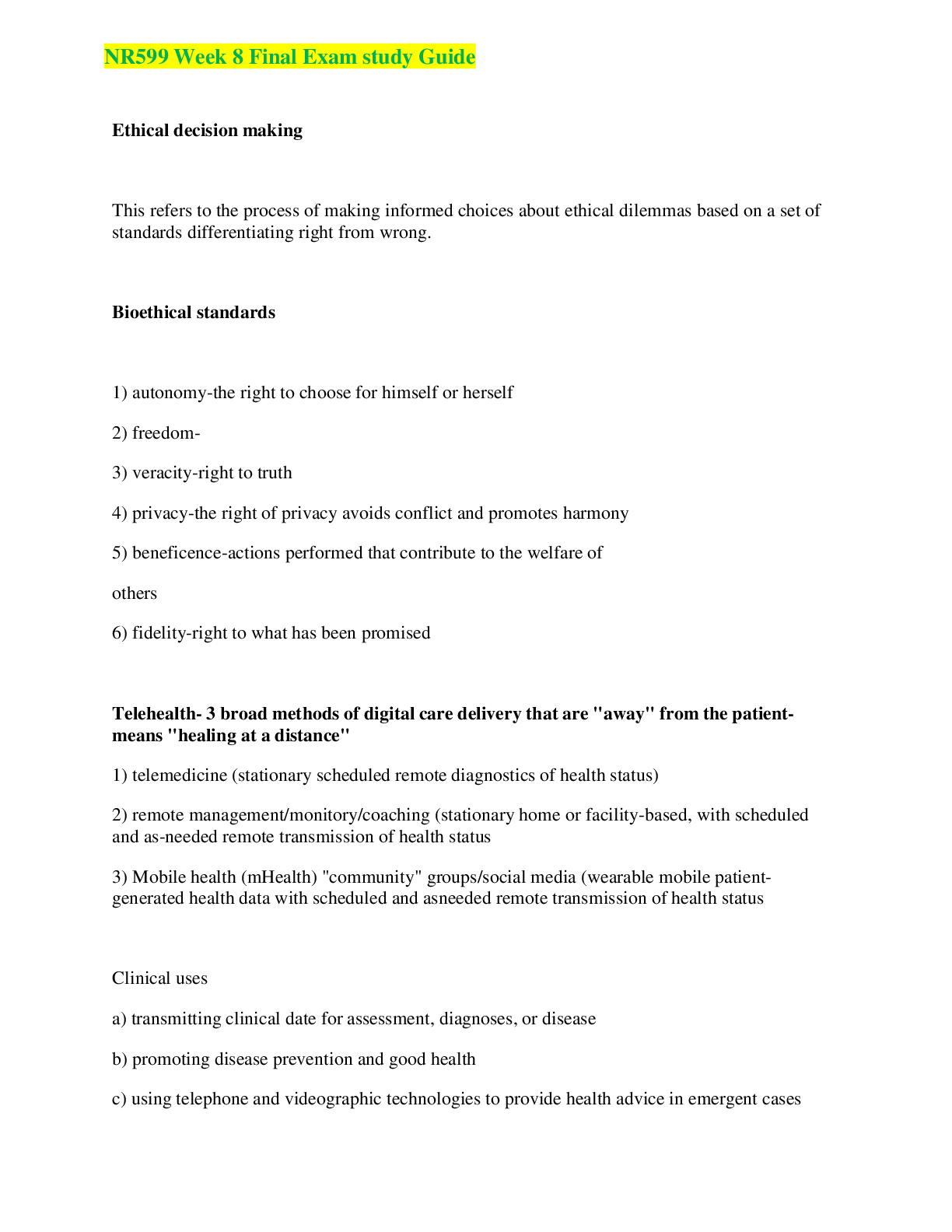
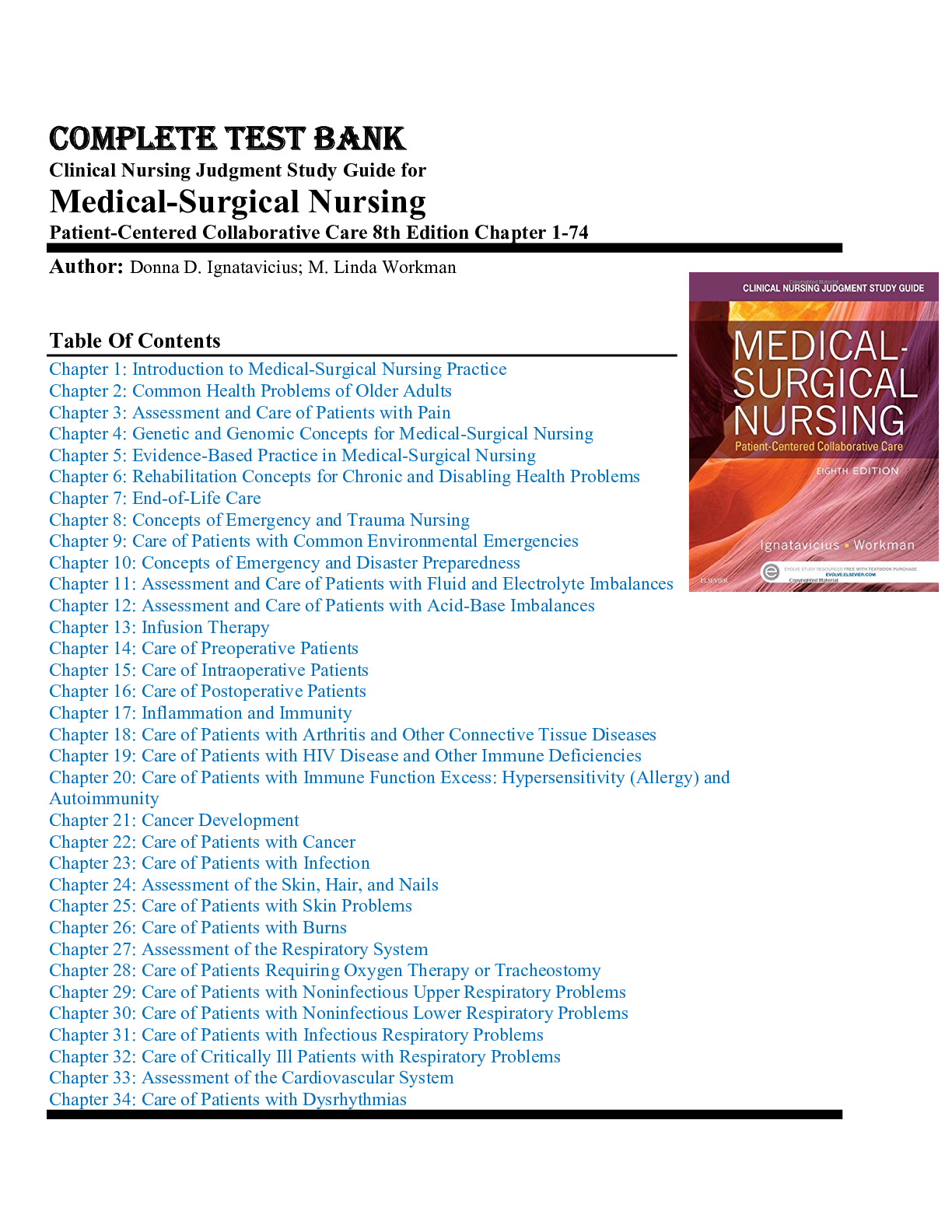
.png)

